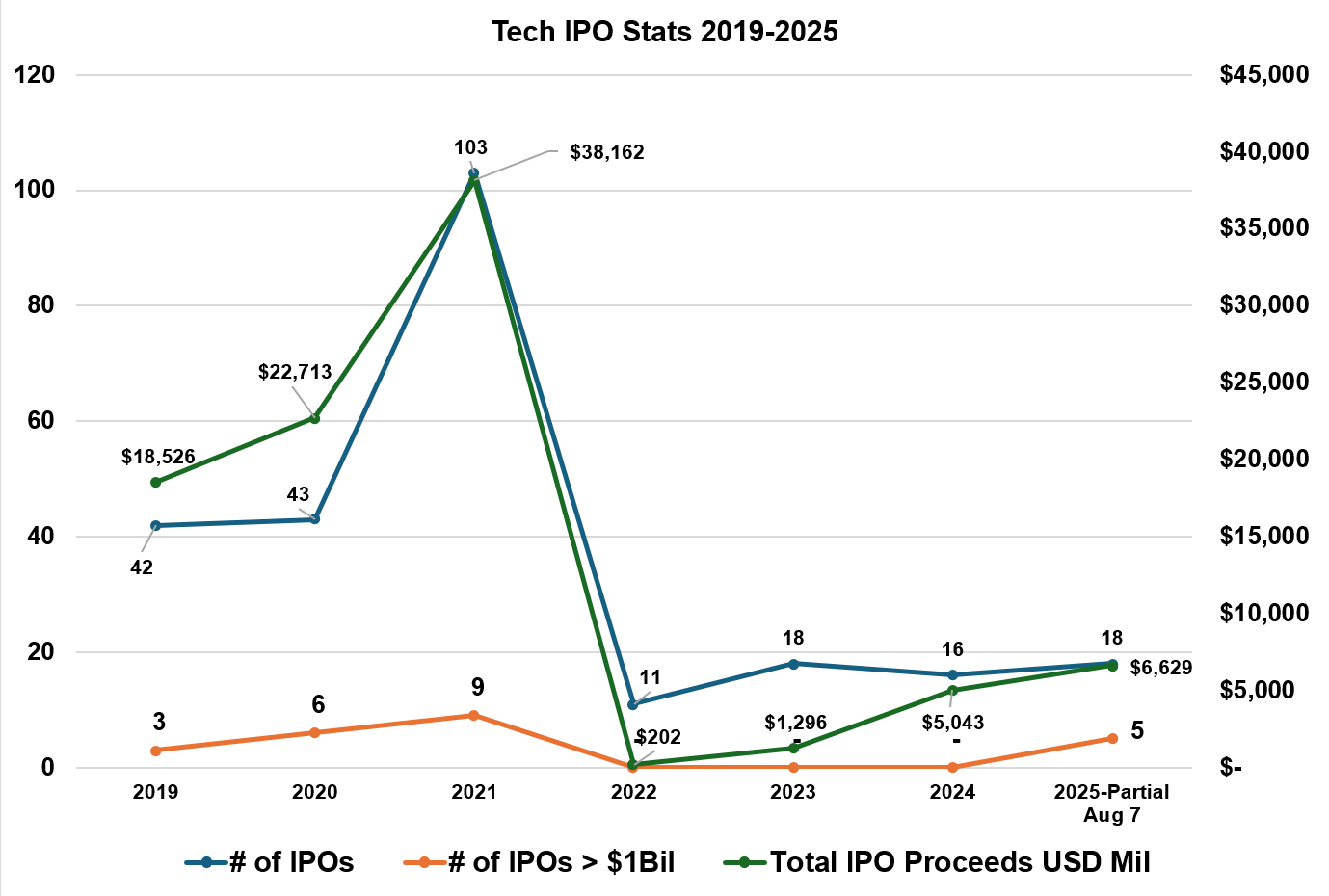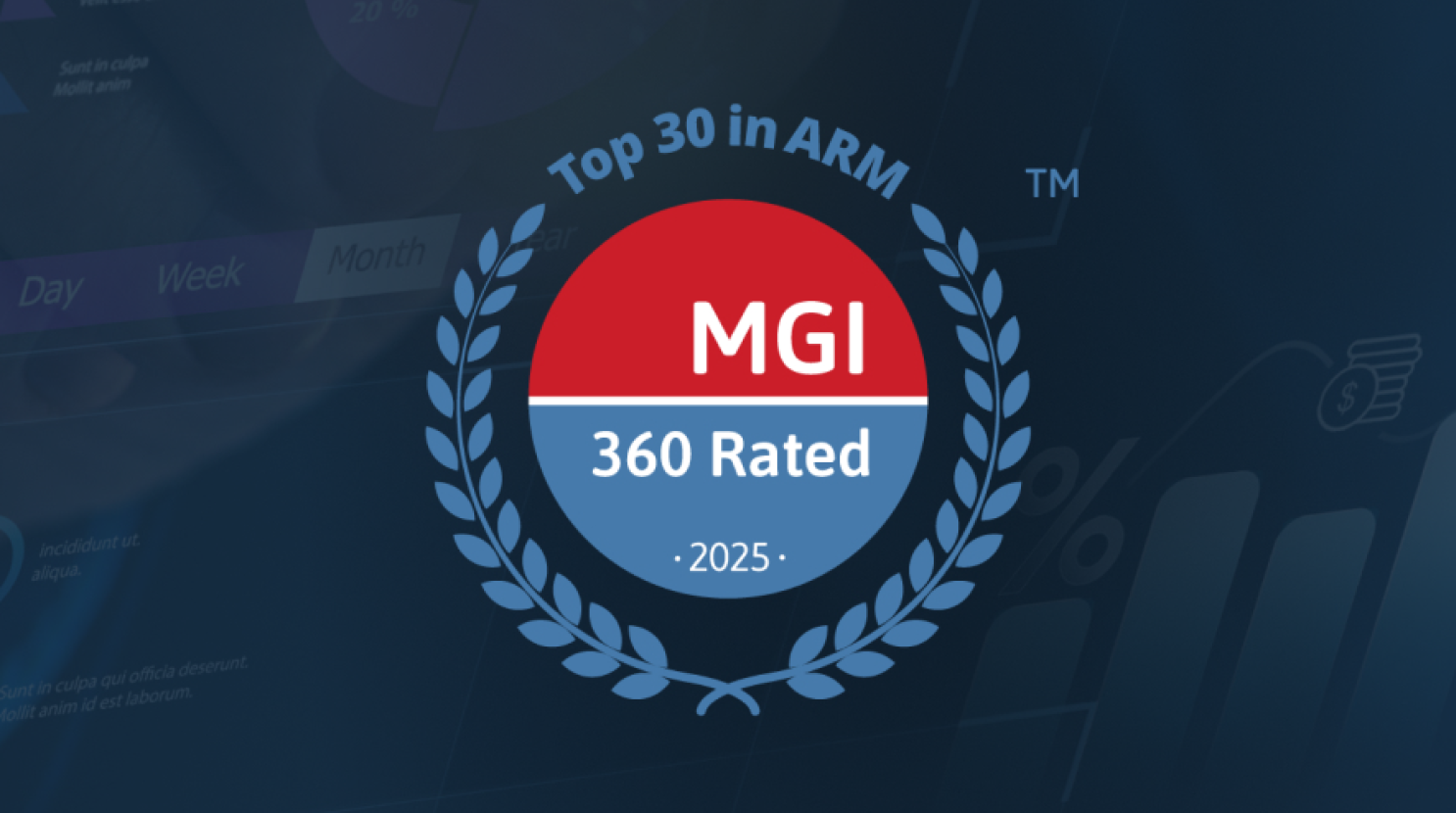Welcome to The Margin, a newsletter designed to keep you on the leading edge of monetization.
In business, the difference between being ahead of the curve or slow to adapt is anything but marginal. The Margin aims to be the most useful, timely, and incisive ping that hits your inbox all week. It includes critical research and analyst insights to inform short and long-term decision making.
Here’s what you need to know:
A Story You Can’t Afford to Miss | Lessons From a Software Iconoclast
Across industries, the number of software options is growing dramatically. The “tyranny of choice” can overwhelm software buyers and make it feel impossible to parse real product capabilities from spiffy marketing.
- As a result, many software evaluations end with buyers selecting the company with the most brand recognition, rather than accepting the (perceived) risk of an ideal-fit, but lesser-known, supplier.
- Read on for a case study describing a differentiated software vendor, and how separating from software market groupthink pays off.
On the Horizon | CLM Top 35 Buyer’s Guide
MGI Research’s comprehensive guide to the contract lifecycle management (CLM) market will be published next Thursday, March 14.
- MGI will also publish 21 new Use Case Notes™ and 3 new MarketLens™ reports in CLM.
- These reports will help buyers, vendors, and investors cut through the noise and develop a clear view of the CLM market. Stay tuned.
Tune Into MGI | CLM Top 35 Webinar
Join us on Thursday, March 21 for a deep dive into the major takeaways from the CLM Top 35 Buyer’s Guide – and to find out which suppliers scored highest in our evaluation. Register for the webinar here.
Now let’s dive a bit deeper.
A Story You Can't Afford to Miss
Lessons From a Software Iconoclast
An unheralded and often misunderstood unicorn software company offers unique insights into the state of business applications.
Among the thousands of software vendors globally, one company stands out in several ways. By contravening conventional wisdom, it has created a $1 billion+ revenue company, growing faster than 15%, and claiming 30%+ net margins – with no external funding. This company is a closely held private company and numbers are provided by management. Beyond the numbers, what is striking about this?
It’s a product-led growth (PLG) company – it has very few salespeople, and marketing is aimed at enticing prospects to try the product. Its core business metrics center on number of new logins, level of trial product engagement, conversion to paid modules, and encouraging increased product usage (more modules, more users, etc.). All online.
The company never talks about “PLG.” (It’s uncertain if the CEO could even define it.)
It runs hundreds of in-person meetups and user gatherings in cities around the world, even though its sales take place online. It has hundreds of services partners and a vibrant ecosystem of product and technology partners around the world.
Similar to AWS, it releases new products and features constantly. Often the products are incomplete, unpolished, or “pre-beta.” If customers express demand and adopt the product/features, further investment is made and the product team iterates quickly. While some products may appear rudimentary at launch, they typically become feature-rich and market competitive within two years. Larger customers are most successful when they act as their own product managers – carefully tracking products and capabilities and adopting them when they are best-positioned for success.
Its two major customer profiles are:
- small and midsize companies seeking low-cost but highly functional products, and
- mid-to-very-large companies seeking high-function, low-overhead solutions that can be implemented with no IT involvement.
Their customers tend to focus on the cost of business outcomes and generally do not care about brand names or “making a safe choice.” Customers prefer outcomes vs. vendor image, if you will.
Cost comparisons vs. mega vendors are substantial – staggering, in some cases. One midsize Canadian company was running its core business (sales, operations, financials) on this vendor’s applications. The company was then acquired by a global business running SAP. The cost differential (SAP vs. this iconic vendor) was greater than 10X. It became very difficult for the global CIO to justify pushing the acquired business into migrating to his instance of SAP.
Another customer, a globally recognizable sports brand, adopted several modules in its Asian operations with basically no IT help (or cost). As the business executive said, “my choice was waiting two years for our IT department to implement SAP Concur, or I could roll out a modern time and expense management solution immediately with no end user training required.”
A third customer put it succinctly: “My team can decide to make a process improvement, and we can implement it in our systems – in the code – within 24 hours. We’re not reliant on IT or external consultants – we respond to customer needs and can tweak our business immediately.”
Why it matters | Software markets often suffer from groupthink. Buyers can tend towards perceived “safe” or popular choices rather than taking the time to understand their requirements. It takes confidence to select a solution that is not as well-known as its competition, even when it offers exceptional business outcomes. For companies willing to dig in and take some (perceived) risk, significant business results are within reach.
And for vendors, this company example shows that growth is possible even without massive investment.
- Fashionable business trends and business (VC) missives (like “PLG sales motions”) may or may not be worth following.
- Greater success may be found at the edges – following the herd has its limits.
- The attention span of VCs will invariably move on, with little regard to how successful (or not) a particular trend or management credo proves to be.
Companies looking for business software applications are overwhelmed with choice today.
- Determining appropriate vendors to evaluate is harder than ever before.
- For organizations looking to find the right fit for their business, what are software purchasing approaches that are thorough and timely, avoid costly errors, and ultimately deliver successful implementations and improved business outcomes?
The bad news | For the average business looking for a software solution to address a business need, just finding the right set of vendor candidates to begin an evaluation process is challenging. Software markets are overloaded with suppliers that all look the same on the surface.
In pursuit of growth, most software vendors broadly claim to serve companies of all sizes, across every industry. Business users who don’t know what to look for can fall prey to sexy demos and slick presentations. Meanwhile, vendors with strong products but weak marketing struggle for user attention.
Writing use cases and scripted test scenarios takes time to describe critical functional performance and expected outcomes without making them too long or impractical to test.
Legacy vendor evaluation tools can be confusing, conflicting, and even risky.
- There is little segmentation of suppliers by industry, use case, or implementation time/cost.
- Vendors that serve small companies are indiscriminately lumped in with solutions that only meet the needs of mega-size global customers.
- Assessing vendor viability is lost in vendor analysis. Smaller suppliers are often left out of the reports.
Mustering organizational support to undertake an evaluation of vendors – let alone arrive at a collective decision – takes leadership and commitment. Buyers face dual risks. The risk of making the wrong decision, and an increasingly frequent risk of no-decision. In both cases, business suffers – objectives are left unmet, and competitiveness and results falter.
The good news | The “tyranny of choice” can also be a positive. It is easier than ever before for vendors to focus on a particular market segment and deliver differentiated business outcomes to their customers – if only the customers can find them. Most markets are not monoliths – many products/vendors cover the corner cases, and more progressive user organizations are adopting a multi- product approach that better addresses the needs of various business areas.
The contract lifecycle management (CLM) market is a good example of this. Below the surface of 100+ vendors, there is incredible fragmentation – in a good way. Go beyond the marketing, and it becomes clear that some solutions are excellent add-ons to a core CLM system. Some vendors serve specific geographies (India and the Gulf states, for example), or cater to the needs of small teams with no IT function.
There are more modern evaluation approaches.
- Skipping lengthy RFPs and using use cases and scripted scenarios helps identify the most appropriate solutions faster.
- Assessing solutions based on their agility, in addition to their functional breadth/depth, highlights the amount of resources required to implement and administer an application.
As legacy ERP markets sag, the variety of business applications that address specific requirements is flourishing. Users have more choices, but getting the right fit requires digging under the surface and adopting new evaluation tools to avoid mistakes.
On the Horizon
CLM Top 35 Buyer’s Guide
MGI’s upcoming CLM Top 35 Buyer’s Guide is slated for publication on March 14. This comprehensive guide to the contract lifecycle management market will include 21 new MGI 360 Ratings™ on CLM suppliers like:
- Agiloft
- Conga
- DocuSign
- Evisort
- Ironclad
- LinkSquares
- PandaDoc
- And more!
The buyer’s guide will also include 14 “honorable mention” suppliers, as well as new MGI MarketLens™ charts that compare the agility, complexity, and contract volumes these suppliers can support.
In connection with the CLM Top 35 Buyer’s Guide, MGI will publish 21 Use Case Notes™ for top-rated CLM suppliers.
- MGI Use Case Notes describe the ideal customer profile for a given solution. They help prospective buyers understand a product’s “best fit” by identifying its ideal customers’ size, business models, selling regions, tech ecosystems, sales channels, primary verticals, and more.
Together, these research notes are intended to help buyers, vendors, and investors make sense of the crowded and fragmented CLM market, narrow the “tyranny of choice,” and identify solutions that are the best fit for a given user.
Tune In to MGI
CLM Top 35 Webinar
MGI will host a webinar on Thursday, March 21 at 8am PT / 11am ET to discuss top-rated CLM suppliers, the evolution of CLM as a discipline, and other major takeaways from the CLM Top 35 Buyer’s Guide.
Register for the webinar here.
If you missed our last webinar on the size and growth trajectory of the Configure-Price-Quote (CPQ) market, catch it on-demand here.
So What Have I Missed?
The Topical 20 | Our most recent and relevant research that will help you keep your finger on the pulse of AMP disciplines.
1. Going Global With E-Commerce
2. Tech Trends: Mapping the Software Industry
3. Configure-Price-Quote (CPQ) TAM Forecast 2022–2026
4. The Future of CLM Is Data-1st
5. Declouding: Will Curiosity Inspire Action?
7. Q2C Success: What Does It Take To Achieve Excellence?
8. 2024 Tech Budgets Preview — Webinar
9. Here Comes Usage! Adopting & Optimizing Consumption Business Models — Webinar
10. The Agile Billing Top 50 Webinar
11. The Agile Billing Top 50: A Buyer’s Guide
12. MGI Forecasts: Service-as-a-Business (SaaB) Software Global TAM Forecast 2022–2026
14. Survival of the Fittest: Managing Extreme Economic Uncertainty
15. The Global Tech Market Is Bigger Than You Think
16. Is Software Still Eating the World?
17. Not a Typical Recession: Making Sense of the Global Economy
18. Use Case Note™: Opencell in Agile Billing
19. 360 Rating™: Icertis in CLM
20. The 13 Deadly Sins of Agile Monetization
and 32 other Use Case Notes!
The Evergreen Archives | Curated past research that is still pertinent today.
1. Quote-to-Cash Is Dead; Long Live Prospect-to-Disclosure
2. What Every CEO Needs to Know About Subscription Business
3. Evolution of MoR into Monetization as a Service
4. Mediation 2.0: Taking on the Data Challenge in Agile Billing
6. Headless eCommerce Architecture: Is eCommerce Losing Its Head?
7. How to Scale Monetization Globally
8. Ten Digital Payment Trends Every CEO Must Understand
That’s it for this issue of The Margin. If you’ve made it this far, we’ll certainly see you next time.
Warm wishes, MGI Research




